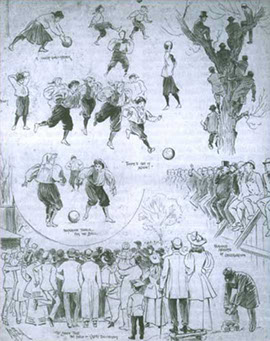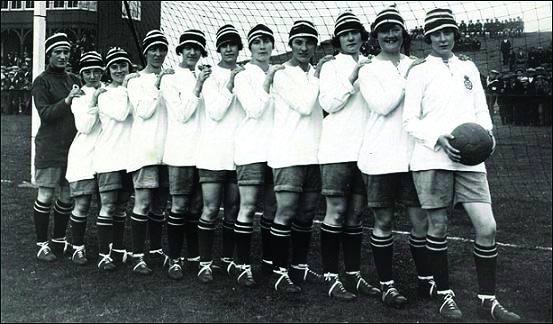A common starting point for historians are games that took place in the Scottish Highlands, in late 18th Century. A team of married women took on a team of single women in the Scottish Highlands. It was a ‘crude’ version of the football played today. Cruder still, it was played in front and for the benefit of the village men who sought a wife.
The first international took place between Scotland and England in Edinburgh in 1881. The Scots team, Mrs Graham’s XI are credited as being the first British women’s team, and most likely the first in the world. The match did not conclude due to a pitch invasion. Sadly, another habit of Scots football fans.
In the late 1895 pioneers, Lady Florence Dixie (another Scot) and Nettie Honeyball (real name?) were instrumental in forming The British Ladies' Football Club.
If you’re interested in learning more, this piece is a good start.



